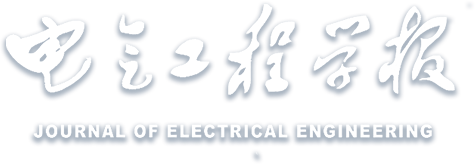Abstract:
Accurate prediction of the remaining useful life(RUL) of lithium-ion batteries plays a vital role in improving battery cycle life and avoiding safety accidents. A lithium-ion battery RUL prediction model that combines the improved whale optimization algorithm(IWOA) and the least squares support vector machine(LSSVM) is proposed. Firstly, the characteristic parameters characterizing the capacity degradation of lithium-ion batteries were analyzed and constructed from the charge and discharge voltage, current, temperature and incremental capacity(IC) data, Spearman and Pearson analysis methods are used to analyze the correlation between the characteristic parameters and capacity. Based on the correlation, two key characteristic parameters characterizing the capacity degradation are analyzed and screened out. Secondly, based on the established key characteristic parameters, a prediction model for IWOA optimized LSSVM is proposed. By introducing the sinusoidal function search path and the adaptive weight method, the problem of WOA easily falling into the local optimal solution is solved, and the model prediction accuracy is improved. Finally, the proposed model is verified using the public lithium-ion battery data set provided by National Aeronautics and Space Administration(NASA), and the prediction results of the SVM and WOA-LSSVM models are compared and analyzed. The results show that when the first 80 cycles of data are used as the training set, the mean absolute error(MAE) of the proposed IWOA-LSSVM model is within 0.011 A·h, and the root mean squared error(RMSE) value is within 0.013 A·h. The estimation error of the proposed model is smaller and has higher prediction accuracy.


 下载:
下载: